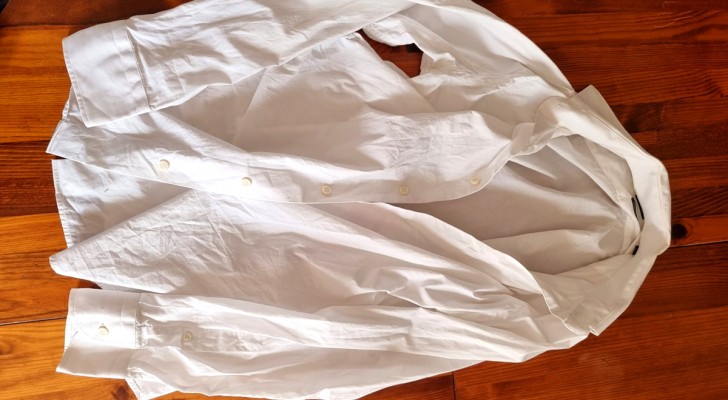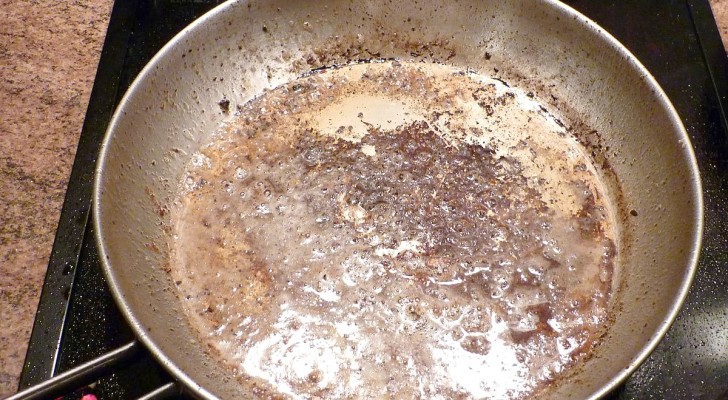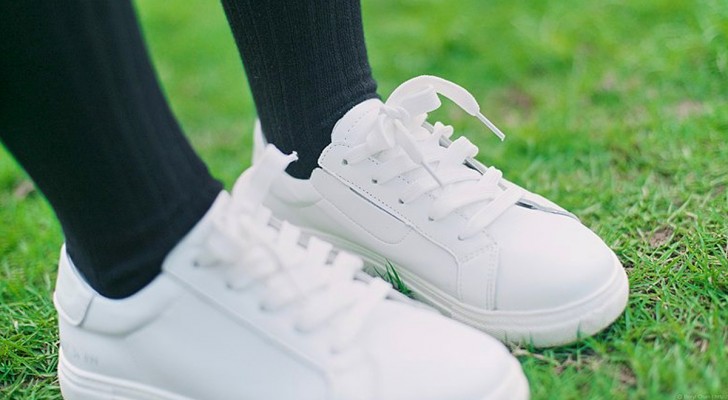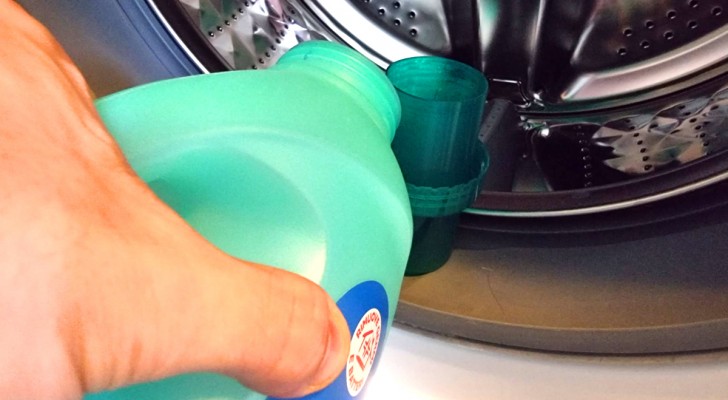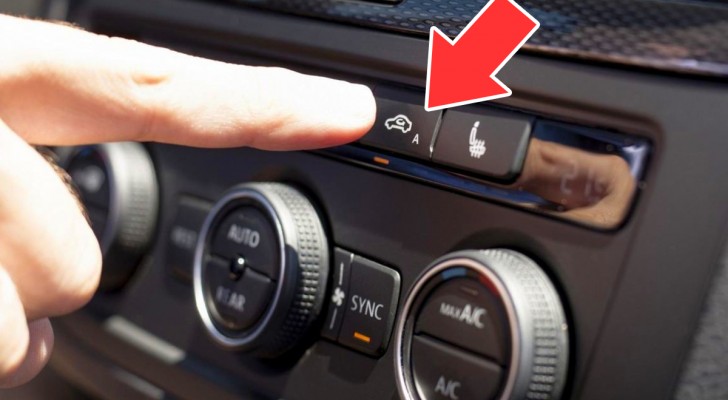11 useful gimmicks to save on electricity and gas bills
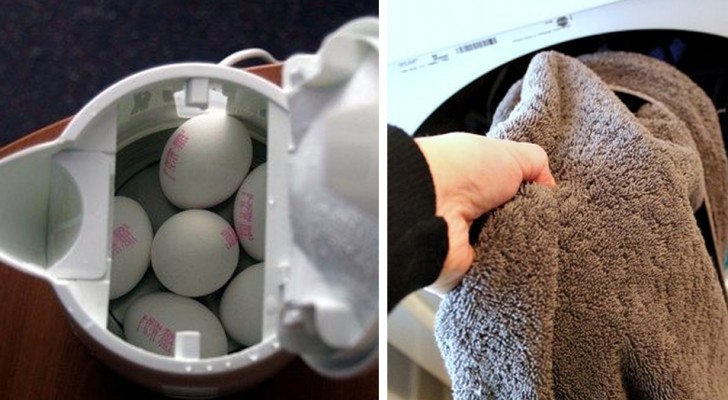
Technological innovation in our daily life is continuous, and yet, despite the adoption of energy-saving light bulbs, dishwashers with energy efficiency class A + and efficient flat screens, the decrease in the annual electricity consumption of an average family remains minimal.
Is it possible that the use of low energy consumption technology leads the user to a greater waste, as economist William S. Jevons asserted at the end of the nineteenth century? Not necessarily.
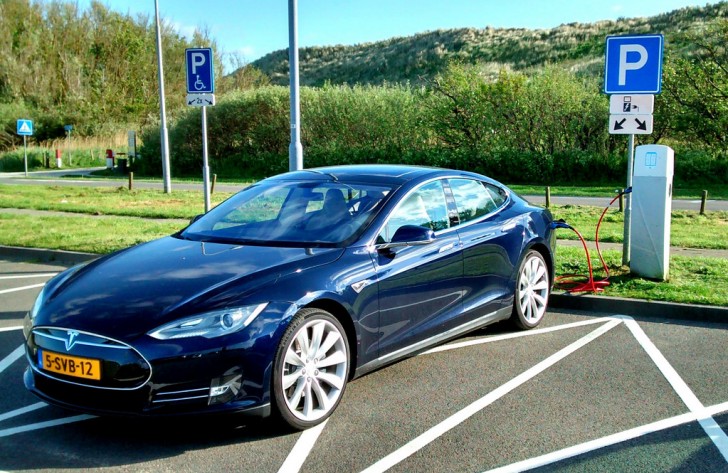
If it is true that someone may have replaced their bike with an electric car, mistakenly convinced of its ecological choice, in general, the statement of Jevons has no universal value. In fact, each of us can reduce the costs of electricity at home, without sacrificing comfort.
Here are some tips that show you how.
1. Position refrigerators far from sources of heat.

One way to save on the electric consumption of refrigerators and freezers is to position them in an intelligent way, preferably far from windows, stoves, and radiators, so that they do not have to work too hard to reach low temperatures. Furthermore, it is better to slightly distance them from the wall, guaranteeing an optimal ventilation of hot air exhaust.
2. Polystyrene in the refrigerator.
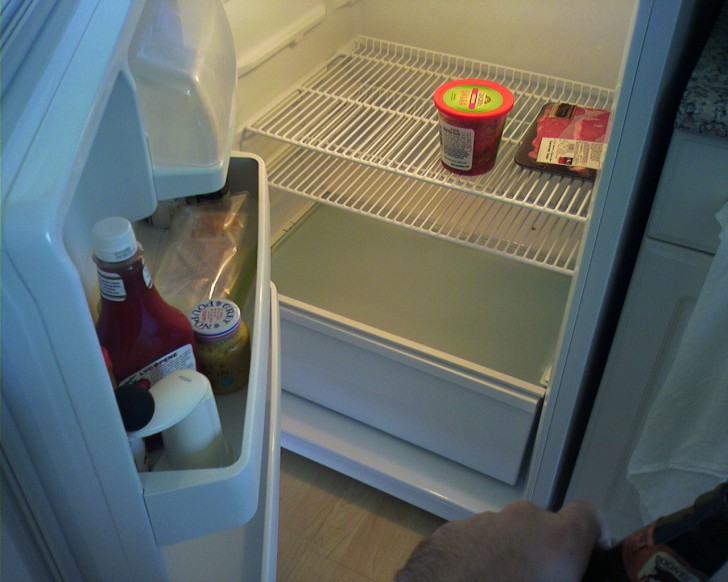
Another trick to reduce the consumption of these greedy electricity eaters is a neat and efficient arrangement of food inside the refrigerator. This trick will allow you to find what you are looking for immediately, leaving the fridge open the bare minimum. Moreover, if a refrigerator that is too full prevents the cold air from circulating, leading to a waste of electricity, also a fridge that is too empty may incur the same inconvenience; a remedy is to fill the empty spaces with polystyrene.
3. Do not preheat the oven.
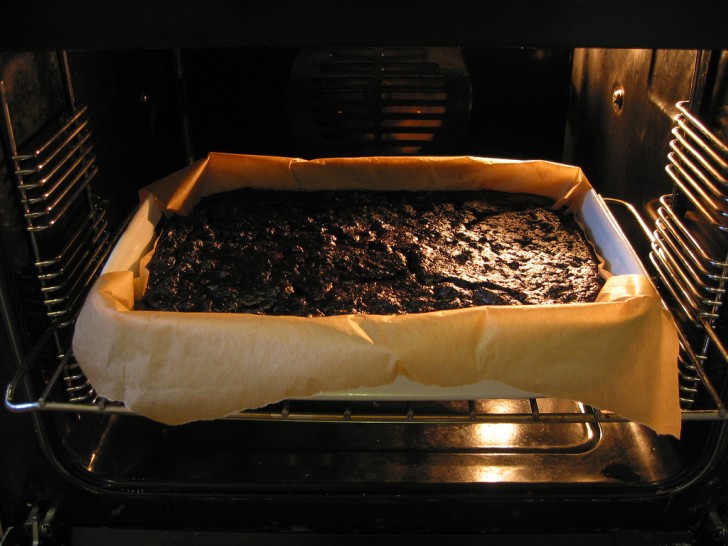
Even if required by the recipe, in general, it is superfluous to preheat the oven. In fact, at the moment it is turned on, it already starts to heat up. On the contrary, the oven should be switched off a few minutes before necessary, using the residual heat to finish cooking.
4. Use pot and pan lids.
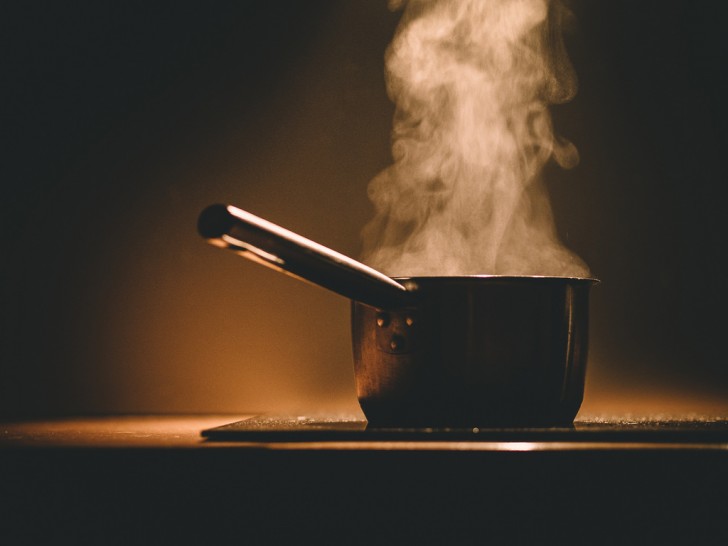
Covering pots and pans with their lids avoids heat dispersion up to 30%, allowing you to save energy. An even lower dispersion is possible if you use a pressure cooker with sides that are wider than high.
5. Sockets with switches.
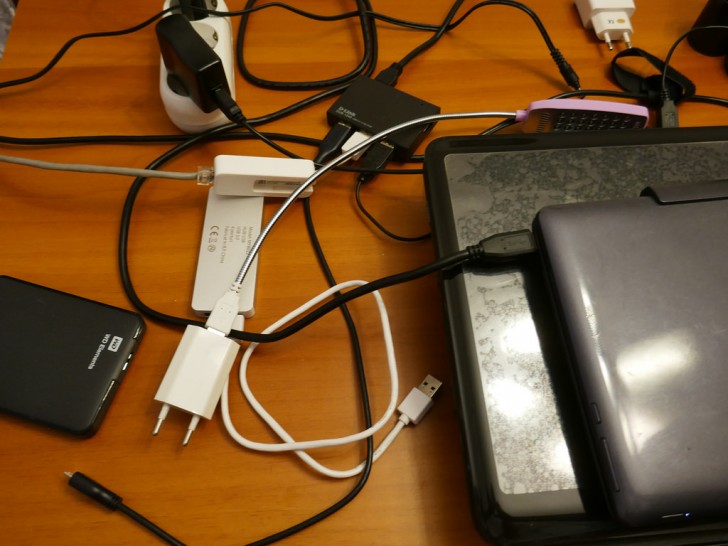
Electronic devices consume even when they are not being used; consequently, the use of sockets with switches, also for the refrigerator, when you go on vacation, is a great trick to decrease your electricity bill! Likewise, the installation of an intermediate circuit breaker is also recommended for non-adjustable instantaneous water heaters.
6. Use draft excluders.
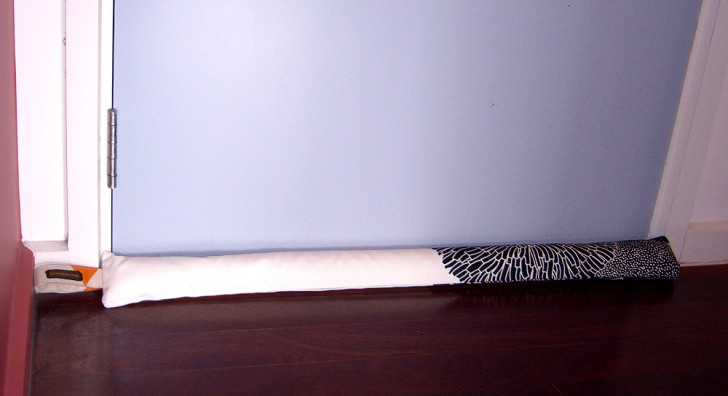
A way to reduce the dispersion of heat in your home during the winter months - in which the heating bill quickly skyrockets - is the use of draft excluders, to be placed at each window and door. If you have not already done so, replace the old central heating pump with a new, more efficient one which is an investment you will not regret.
7. Towel or tennis ball in the clothes dryer.
Another main reason for electricity consumption is the clothes dryer, which is as useful as it is expensive. A trick to shorten the drying time, and therefore also its electric consumption, is to insert a dry towel or a tennis ball with each load. The first, in fact, helps to absorb and distribute the moisture more evenly and the second one instead helps the centrifuge.
8. Eggs and potatoes in a kettle.
An electric kettle is a valuable ally in the fight against energy waste. In fact, it consumes 50% less than a classic kettle on the stove. If you cook eggs or potatoes, you can use the kettle in two ways: heat water to pour it into a pot that contains food, or cook eggs directly in it (leaving the lid open as soon as the water boils).
9. Cook with stackable pots
An ancient method to save energy, which is still valid today, is to stack pots on top of each other, taking advantage of the residual heat and arranging the dishes according to the cooking time (under those that require more time).
10. Multi-purpose toaster.
If you only want to heat up some sandwiches, you can place it over the mini-grill on the toaster, achieving energy savings of up to 70% compared to the oven.
11. Use stove top burners suitable for the pot or pan.
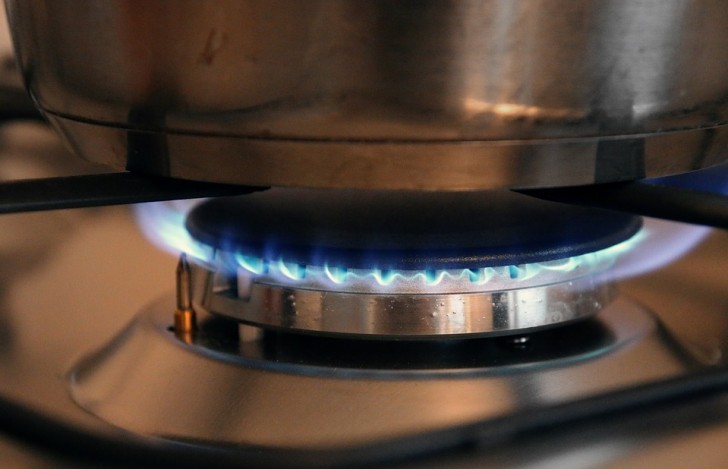
It is not true that smaller stove top burners mean less energy consumption. In fact, if the pan or pot is bigger than the burner, the burner will need more energy to reach and maintain the cooking temperature.
